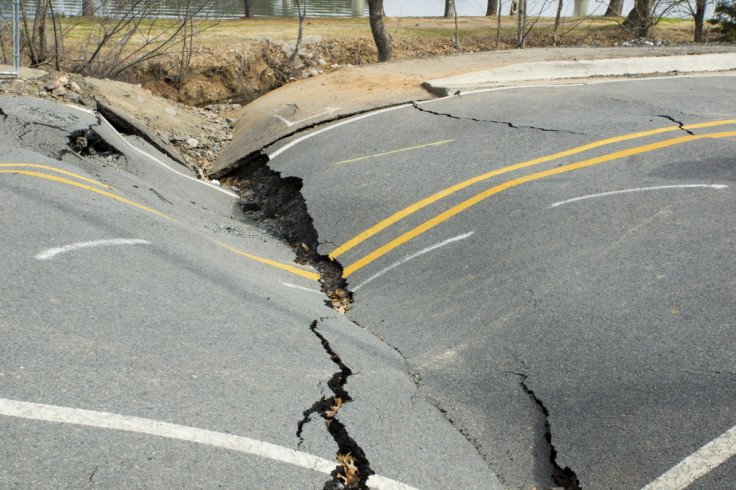California: Giant 7.5 magnitude earthquake struck in 1812 - and it could happen again

A giant double earthquake once struck Southern California, according to researchers from Stanford University. They say a joint rupture along the San Jacinto and San Andreas Fault lines occurred more than 200 years ago, and there is a possibility that it may happen again.
The research, published in the journal Science Advances, described ones of the largest earthquakes in California's history, which took place in 1812. This earthquake was caused by simultaneous ruptures on the San Jacinto Fault and the San Andreas Fault.
The research builds on current knowledge of this 7.5 magnitude earthquake. Previously, researchers did not know which fault line caused the earthquake, but scientist Julian Lozos may have the answer.
Lozos says: "I have used dynamic rupture modelling to show that paleoseismic and historic observations associated with the earthquake of 8 December 1812 can be explained by the joint rupture of the San Andreas Fault and San Jacinto Fault."
Modelling the historic earthquake
Using a high-powered model, Lozos was able to track where the earthquake started by analysing damage to the surrounding area. This damage includes the total collapse of the Mission San Juan Capistrano, as well as other missions across the west coast.
The model showed the earthquake did not originate from one single epicentre, but was actually caused by two simultaneous ruptures.
The earthquake started along the San Jacinto Fault and continued its way upward toward the San Andreas Fault, before both came together to make one giant 7.5 magnitude earthquake. This earthquake provided more energy than an atomic bomb.
History may be about to repeat itself...
"This precedent carries the implications that similar joint ruptures are possible in the future and that the San Jacinto Fault plays a more significant role in seismic hazards in southern California than previously considered," says Lozos.
Should another 7.5 magnitude earthquake arise, it would be the fourth biggest in California's history – and the biggest since 1906.
Despite the discovery, Lozos emphasises that these results do not imply the double earthquake will definitely strike California again.
"However, despite the good match between my results and the observational data, these are still merely models, and these conclusions are still only one possible interpretation," he says. "Because there are no instrumental recordings of the 8 December 1812 rupture, there is no way to know with absolute certainty where the rupture began and which way it propagated."
© Copyright IBTimes 2025. All rights reserved.






















